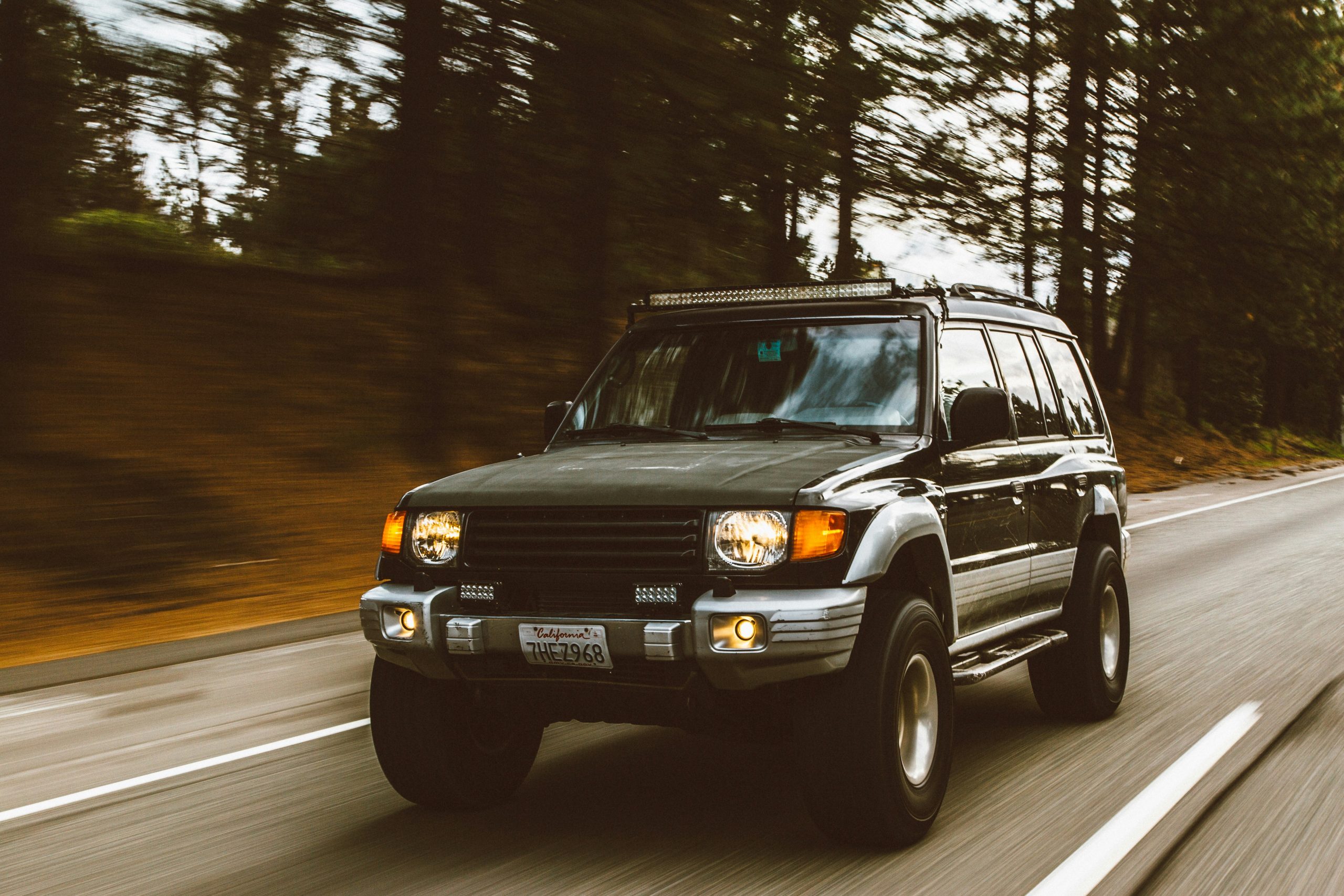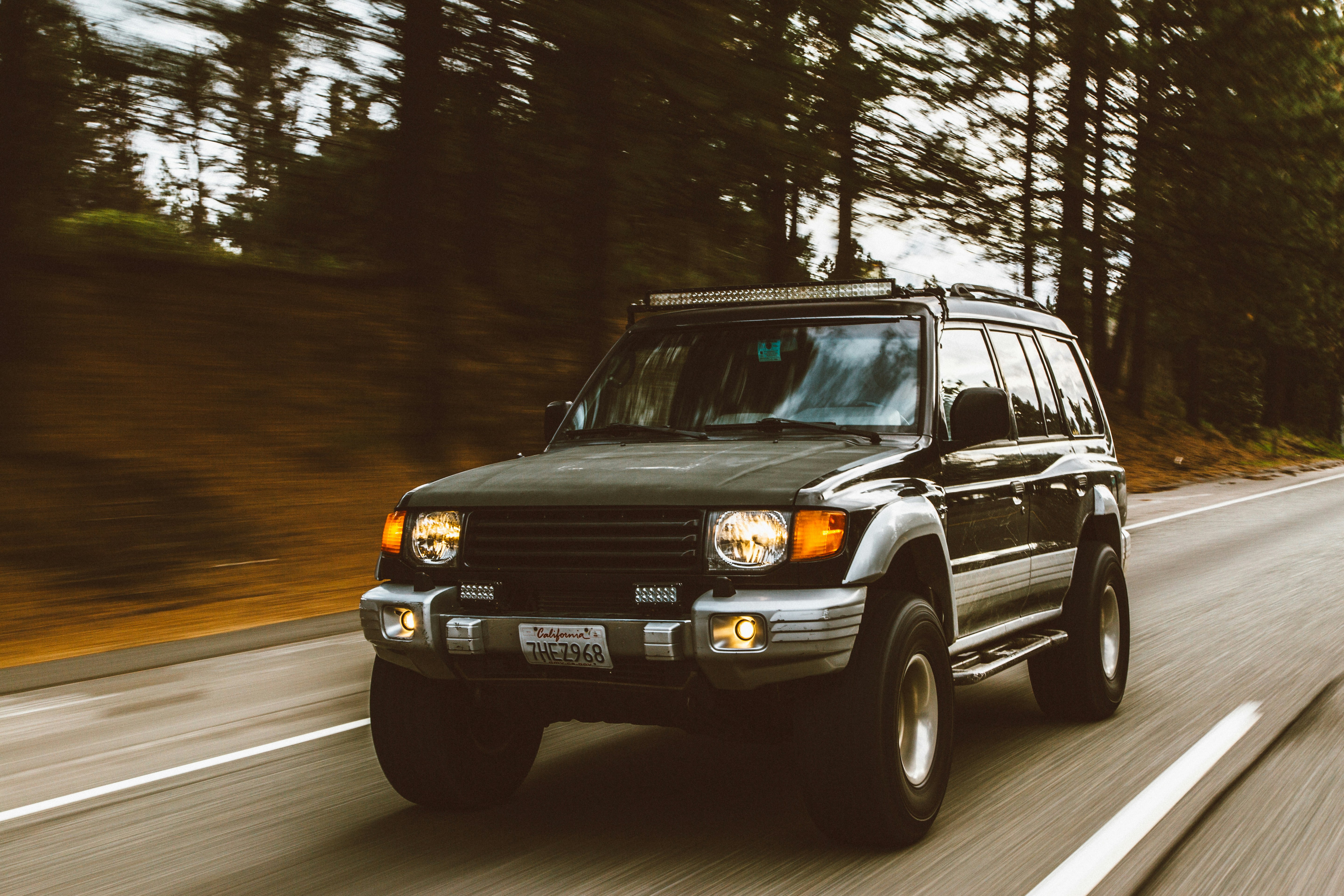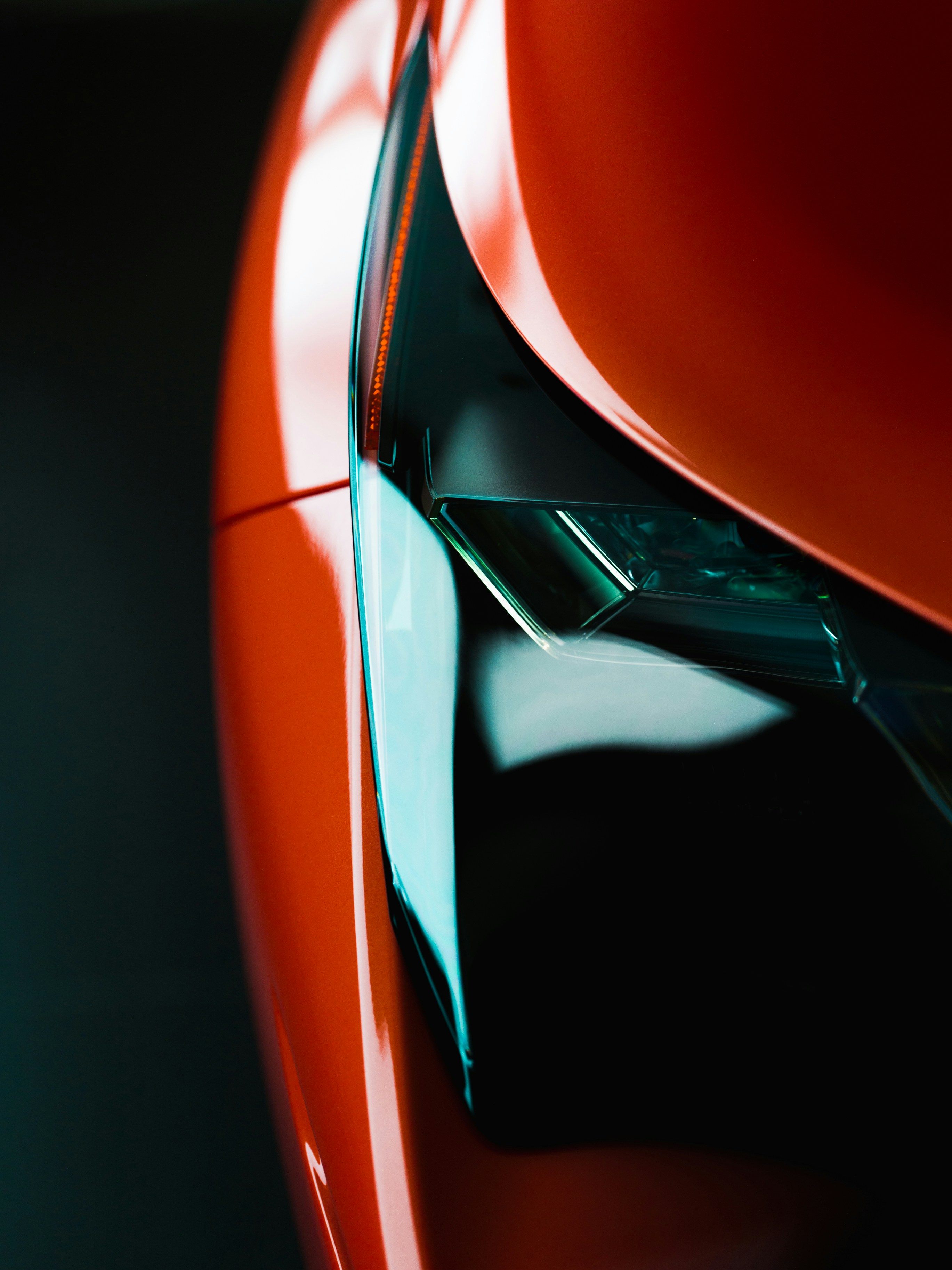
Your vehicle is more than just a mode of transportation; it’s an extension of your personality and style. Whether you drive a sleek sedan or a rugged SUV, protecting its exterior should be high on your priority list. This is where car wrap protection film materials come into play. These films offer not only aesthetic enhancements but also serve as shields against the elements, scratches, and everyday wear and tear.
With so many options available in the market today, choosing the right car wrap protection film materials can feel overwhelming. How do you know which one will best preserve your vehicle’s appearance while providing long-lasting durability? Dive into this guide to explore everything you need to know about selecting the perfect car wrap protection film for your ride. Your investment deserves nothing less!
Understanding Car Wrap Protection Films
Car wrap protection films are innovative solutions designed to safeguard your vehicle’s paint. They act as a barrier against environmental hazards, UV rays, and physical damage.
These transparent films can be applied over the original surface of your car. They preserve the color and finish while providing an extra layer of defense.
What sets these films apart is their self-healing properties. Minor scratches often disappear with exposure to heat, keeping your vehicle looking new for longer periods.
Additionally, car wrap protection films come in various finishes—glossy, matte, or satin—allowing you to customize your look while ensuring maximum protection.
Installation can be done professionally or as a DIY project if you’re feeling adventurous and have the right tools at hand. Understanding how these materials work will help you make informed choices tailored to your specific needs and preferences.
Types of Car Wrap Protection Film Materials

When it comes to car wrap protection film materials, there are several options to consider. Each type offers distinct benefits tailored to different needs.
Polyurethane films are popular car wrap protection film for their exceptional durability and self-healing properties. They can absorb minor scratches, making them ideal for high-traffic areas on your vehicle.
Vinyl wraps present a more customizable choice. Available in various colors and finishes, they allow you to change the look of your car while providing moderate protection against UV rays and environmental elements.
Ceramic coatings take protection a step further with advanced technology that repels dirt and water. These coatings enhance gloss while safeguarding the underlying paint from harmful contaminants.
Blended materials combine features of both polyurethane and vinyl wraps, delivering versatile performance without compromising on aesthetics or longevity. Choosing the right material depends on individual preferences and how much protection your vehicle requires.
Factors to Consider When Choosing a Car Wrap Protection Film
When selecting car wrap protection film materials, several factors come into play. First, consider the thickness of the film. A thicker film often provides better protection against scratches and impacts.
Next, evaluate the clarity. High-quality films should maintain your vehicle’s original look while offering maximum visibility. Look for options that resist yellowing over time.
Adhesive strength is another crucial aspect. Strong adhesive ensures that the wrap stays securely in place without bubbling or peeling. It’s essential for longevity.
Don’t overlook UV resistance; this protects your paint from fading due to sun exposure.
Think about ease of installation and removal. Some films are designed for DIY application, while others may require professional help to achieve optimal results. Choosing wisely can save you time and hassle later on.
The Importance of Quality Materials for Longevity and Durability
Choosing high-quality car wrap protection film materials is crucial for ensuring the longevity and durability of your vehicle’s appearance. Quality films are engineered to withstand various environmental factors, from UV rays to harsh weather conditions.
Subpar materials can lead to fading, peeling, or bubbling over time. Investing in superior films means protecting your investment and maintaining its resale value.
Additionally, quality wraps often feature advanced technologies that resist scratches and abrasions. This added layer of defense keeps your car looking pristine longer.
Moreover, premium brands typically offer warranties that reflect their confidence fashion in product performance. When you select top-tier materials, you’re not just enhancing aesthetics; you’re also ensuring lasting protection against life’s wear and tear on the road.
Top Brands and Products in the Market
When it comes to car wrap protection film materials, several brands stand out for their quality and reliability. 3M is often at the forefront, renowned for its innovative products that offer exceptional clarity and durability. Their films are engineered to withstand harsh weather conditions while maintaining a sleek appearance.
Another reputable name is XPEL. Known for their self-healing technology, XPEL films can recover from minor scratches over time. This advanced feature makes them a favorite among car enthusiasts who desire both aesthetics and functionality.
SunTek also deserves mention with its range of high-performance films designed specifically for easy installation. They provide excellent UV protection, ensuring your vehicle’s paint remains vibrant.
Avery Dennison offers versatile options that cater to various needs—from commercial applications to personal vehicles. Each brand has unique offerings tailored to ensure you find the perfect match for your car’s protection needs.
Installation Process and Maintenance Tips

Installing car wrap protection film requires careful preparation and precision. Start by cleaning the vehicle’s surface thoroughly to remove dirt, grease, and debris. This step is crucial for ensuring proper adhesion.
Next, measure and cut the film accurately according to your vehicle’s dimensions. It’s best to work in controlled environments like a garage where temperature variations are minimized.
When applying the film, use a squeegee to eliminate air bubbles as you go. Take your time; rushing can lead to mistakes or wrinkles that mar the finish.
Once installed, maintenance becomes key for longevity. Regularly wash your vehicle with gentle soap and water—avoid harsh chemicals that could damage the film.
Inspect periodically for any signs of wear or lifting edges. Applying UV protectant sprays can also help maintain clarity and color over time while shielding against environmental elements.
Conclusion: Protect Your Investment with the Right Car Wrap Protection Film Materials
Choosing the right car wrap protection film materials is essential for preserving your vehicle’s appearance and value. The market offers a variety of options, each with unique benefits tailored to different needs. From vinyl films that provide aesthetic appeal to polyurethane films designed for maximum durability, understanding these materials can significantly impact your choice.
Quality matters when it comes to car wrap protection films. High-quality materials not only enhance the look of your vehicle but also ensure longevity against wear and tear. It’s wise to invest in reputable brands known for their reliable products.
Moreover, proper installation and maintenance play a crucial role in maximizing the lifespan of any car wrap you choose. Following best practices will help maintain its integrity over time.
Remember, protecting your investment starts with selecting the right materials that fit both your lifestyle and budget. Make an informed decision today to keep your vehicle looking pristine for years to come.



